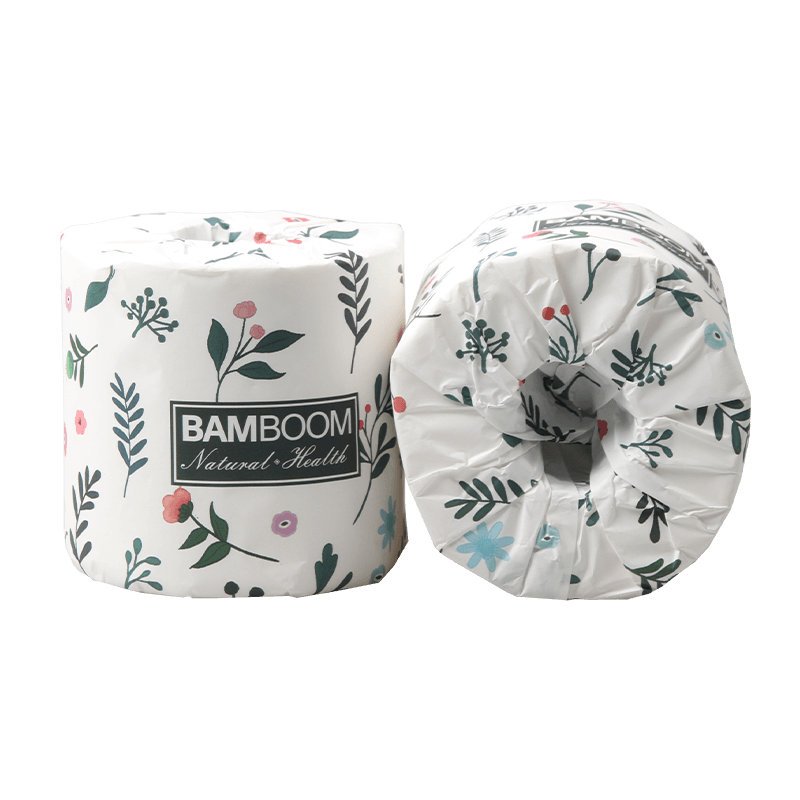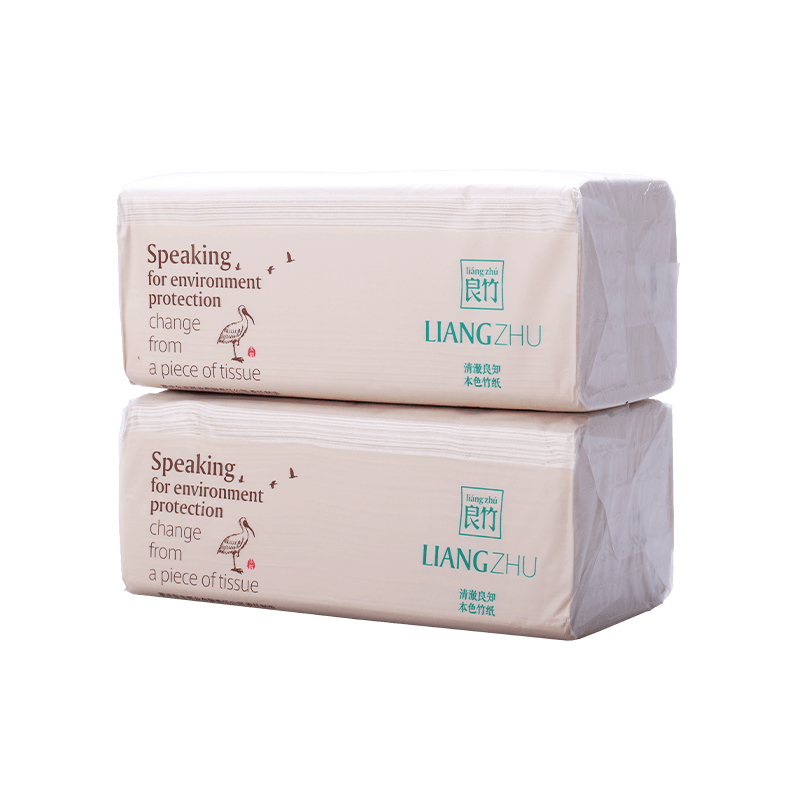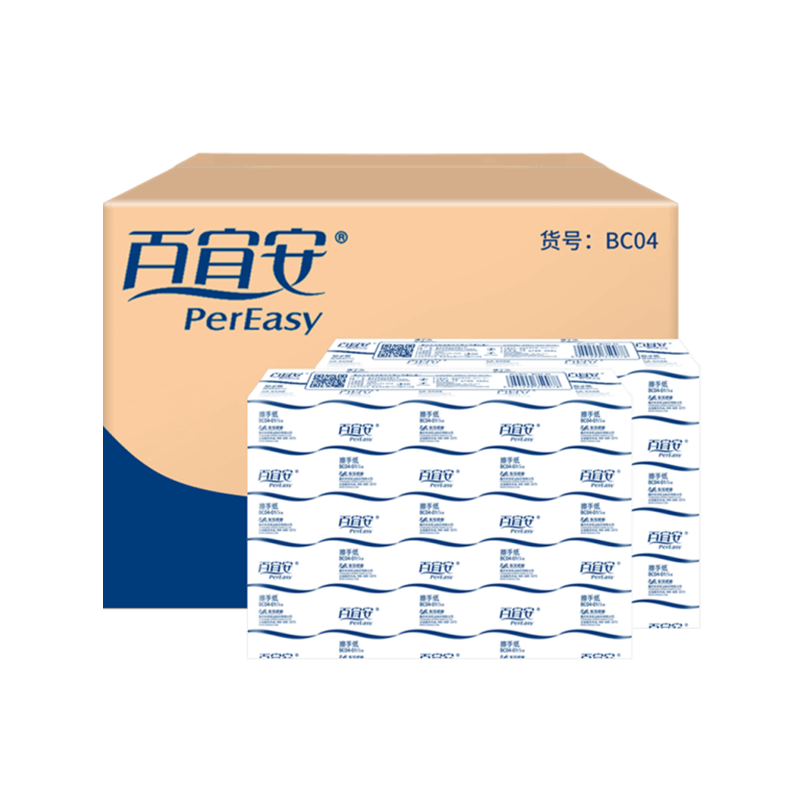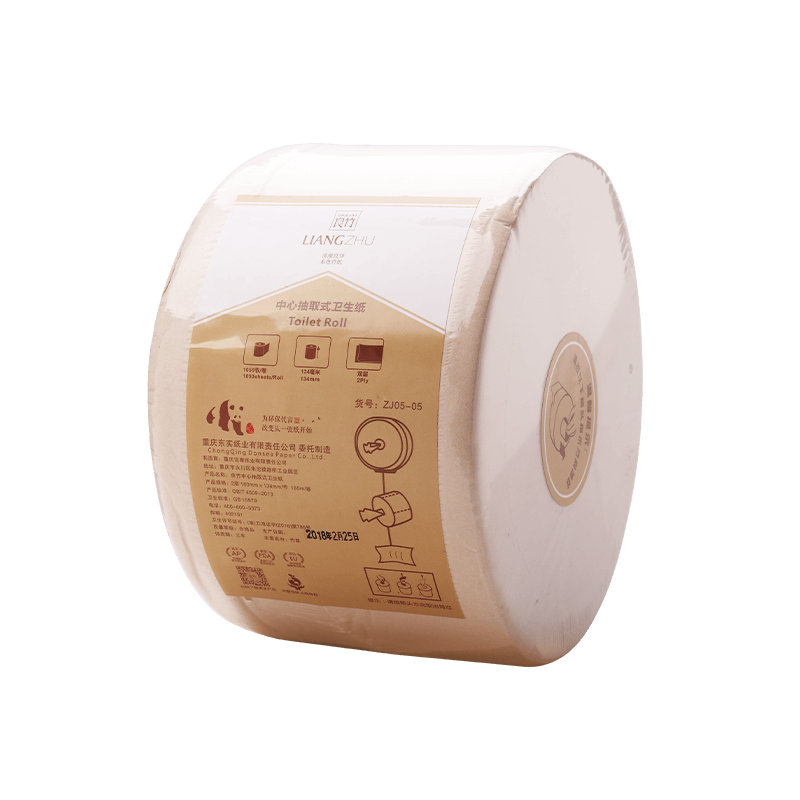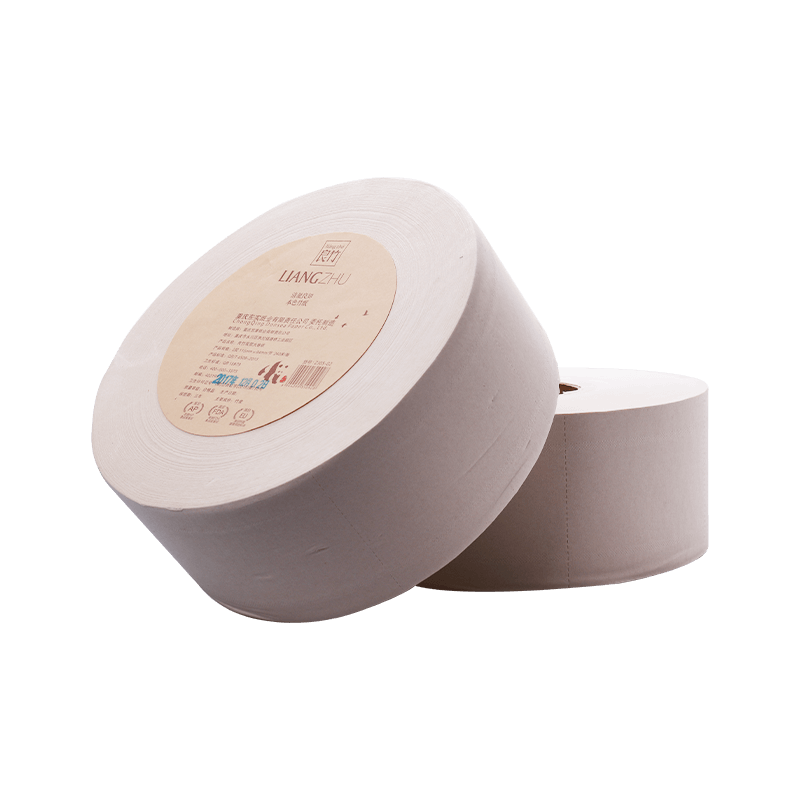Technological Advancements in Bamboo Pulping
As the demand for environmentally friendly alternatives to wood-pulping paper increases bamboo has become a popular raw material because of its rapid growth, high levels of cellulose and regeneration properties. The challenge has always been how to process bamboo effectively and efficiently. Recent technological advancements have made bamboo pulping an obscure method to an effective, large-scale option to paper production.
The Promise and Challenge of Bamboo
With its rapid growth rate and a low environmental footprint, bamboo makes a compelling case as a sustainable alternative. However, its use at a large scale has its own obstacles. The balance between the promise and the challenges it poses determines the way to greater use.
The Promise of Bamboo
Bamboo is among the fastest-growing species in the world, with certain species increasing up to one meter a day. It matures between 3 and 5 years, which is much faster than hardwood trees, which can take years. This rapid growth can allow regular harvesting without the need to replant which makes bamboo extremely renewable.
As far as composition goes, the bamboo has an abundance of cellulose which makes it a great option for the production of textiles, paper, as well as bio-based plastics. Bamboo also absorbs large amounts of carbon dioxide, and contributes to soil stabilization and doesn’t require pesticides or fertilizers, further increasing its eco-friendly appeal.
In terms of economics, bamboo benefits rural communities throughout Asia, Africa, and South America. Bamboo’s versatility as a construction material, fiber source and even a food ingredient can improve the lives of local people and enables sustainable development.
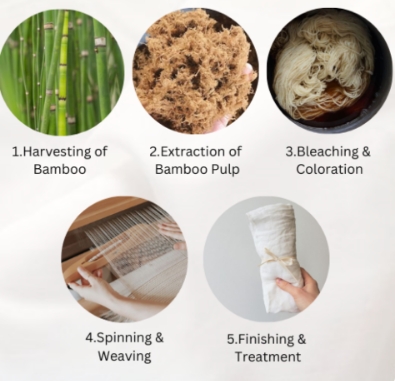
The Challenges in Processing Bamboo
| Category | Challenge | Explanation |
| Processing Difficulty | Fiber and silica content high | Wears out machinery; requires special processing equipment and methods. |
| Technological Limitations | Incompatibility with traditional methods of pulping | Conventional wood pulping has to be modified to make it work using bamboo’s unique structure. |
| Supply Chain Gaps | Insufficient infrastructure and lack of standardization | Inconsistent quality and fragmented sourcing restrict scalability and industrial usage. |
| Material Inconsistency | Different fiber properties in different species and across regions | Inconsistent input materials are a problem for the process of industrial production along with quality controls. |
| Environmental Concerns | Monoculture and risk of overharvesting | Inadequate farming practices can cause the loss of biodiversity and soil degradation. |
| Regulatory Complexity | Different classifications for different nations | Bamboo is not uniformly regulated (grass in contrast to. wood) which can make trade more complicated and compliance. |
| Market Barriers | Processing costs | Specialized equipment and treatments can make bamboo processing more costly than traditional wood. |
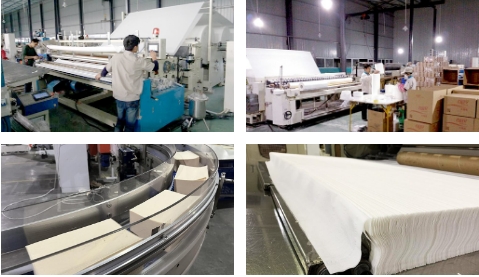
Traditional Bamboo Pulping Methods
| Pulping Method | Description | Advantages | Limitations |
| Kraft Pulping | Makes use of sodium hydroxide as well as sodium sulfuride under high temperature and pressure. | Creates strong fibers. Well-established method. | Chemical use is high; it creates smelly gases; environmental problems. |
| Soda Pulping | Only uses sodium hydroxide (alkaline cooking) to remove lignification. | Simpler chemical recovery; ideal for fibers that are not wood. | The strength of the pulp is lower compared to kraft, higher the amount of lignin. |
| Sulfite Pulping | Utilizes Bisulfite and sulfurous acids to dissolve the lignin. | Produces high-brightness pulp and more bleachable. | The bamboo’s high silica content. Not as than the average for bamboo. |
| Neutral Sulfite Pulping | Involves sodium sulfite in near neutral pH, commonly used for semi-chemical pulps. | Milder cooking is suitable for mechanical refining following treatment. | Lower delignification efficiency; limited strength properties. |
| Cold Soda Pulping | Soda pulping at low temperatures with lengthy cooking times. | Energy savings; less wear on equipment. | Low pulp production and high residual lignin content. |
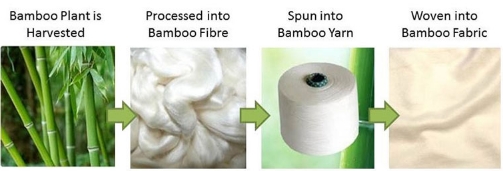
Key Technological Innovations in Bamboo Pulping
1. Enzyme-Assisted Pulping
The most revolutionary innovations of bamboo pulping that of the use of enzyme-assisted processing. The enzymes that degrade hemicellulase and lignin are used prior to chemicals are used to help soften the fibre matrix. This treatment minimizes the amount of harsh chemicals required to cook, reduces fiber damage, and boosts the amount of pulp produced. The enzyme-assisted process not only improves its quality in the finished product but also reduces the environmental impact by reducing the chemical load in the effluents.
2. Modified Chemical Pulping using Anthraquinone (AQ)
Anthraquinone (AQ) additives have been extensively used in the process of bamboo kraft and soda pulping to boost delignification efficiency. The AQ compound is a catalyst for redox reactions which accelerates the degrading of lignin and keeping the cellulose. This technology helps to maintain the strength of the pulp, decreases the need for alkali, and boosts overall yield. This makes it a crucial boost in chemical pulping systems designed to bamboo.
3. Chemo-Thermo-Mechanical Pulping (CTMP)
Bamboo’s dense fiber structure makes it suitable for modified mechanical pulping approaches like Chemo-Thermo-Mechanical Pulping (CTMP). In this method, bamboo chips are softened chemically and then refined mechanically. CTMP allows the use of less dosages of chemicals and less energy, while generating pulps that have excellent bulk and opacity. These are attributes that are ideal for packaging and tissue grades.
4. High-Efficiency Continuous Digesters
The traditional batch digestion systems are becoming replaced by continual digester system that are specifically designed for non-wood feedstocks, such as bamboo. They ensure uniform cooking, as well as improved heat recovery. Continuous systems also provide improved process control, less the time between breakdowns and also lower energy use. This change in the design of equipment will be a major step towards continuous, large-scale bamboo paper production.
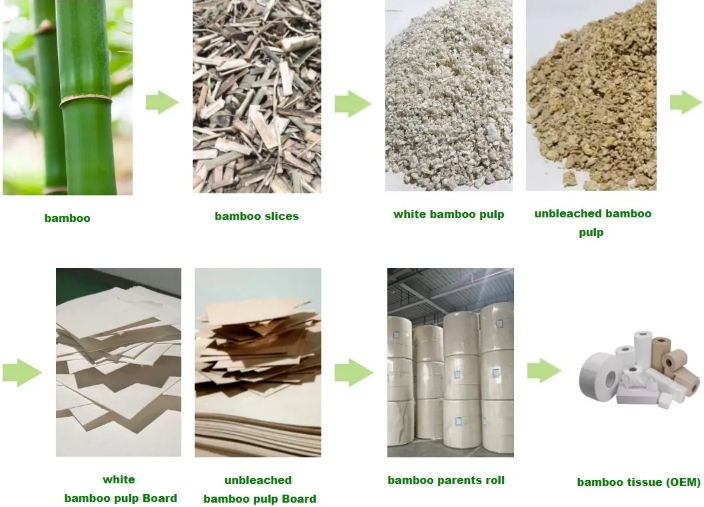
5. Advanced Bleaching Techniques
To lessen the environmental impact of bleaching the pulp Bamboo mills are using Elemental Chlorine-Free (ECF) and Totally Chlorine-Free (TCF) bleaching sequences. These processes typically include oxygen delignification and hydrogen peroxide, ozone and enzyme stage. These breakthroughs allow mills to adhere to the strictest standards for the environment while producing high-brightness pulp that is suitable to be used for tissue, printing and writing paper.
6. Closed-Loop Chemical Recovery
The advent of integrated systems for chemical recovery has significantly increased the sustainable bamboo pulping process. Modern systems can be used to capture and reuse black liquors during the process of pulping to make valuable cooking ingredients such as sodium hydroxide and sulfuric acid. This reduces chemical waste, but also lowers operational costs and impacts on the environment.
7. Smart Monitoring and Digital Control Systems
Process automation is playing an ever increasing part in bamboo pulping. Intelligent sensors, AI-driven analytics as well as automated control loops enable exact monitoring of the quality of fiber and temperature, pressure along with chemical dosage. These tools ensure the stability of the process minimize energy consumption and raw material waste and permit operators to alter the settings in real-time according to bamboo species and variation in the batch.
8. Hybrid Pulping Systems
In certain cases mills are mixing various pulping techniques to benefit from bamboo’s many fiber properties. For instance an approach which begins with a mild chemical pulping and then mechanical refining may improve the properties of bamboo for specific uses. This flexibility allows bamboo tissue paper manufacturers to modify the production of pulp to meet the needs of textiles, packaging and specialty paper markets.

Summary
The latest innovations in bamboo pulping technology have taken a leap forward in being environmentally and economically sustainable for paper production on a large scale. From bio-assisted delignification to mechanical innovations, to smart automated systems and water systems that are sustainable, these advancements have bamboo being positioned as an essential component in the near future of green pulp and paper.

